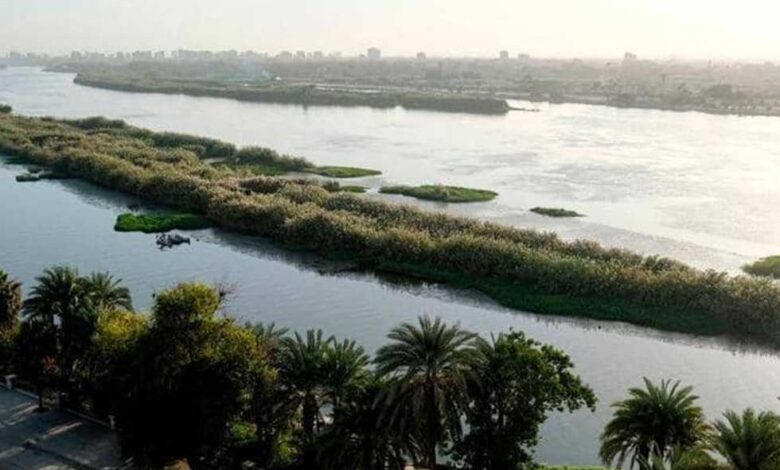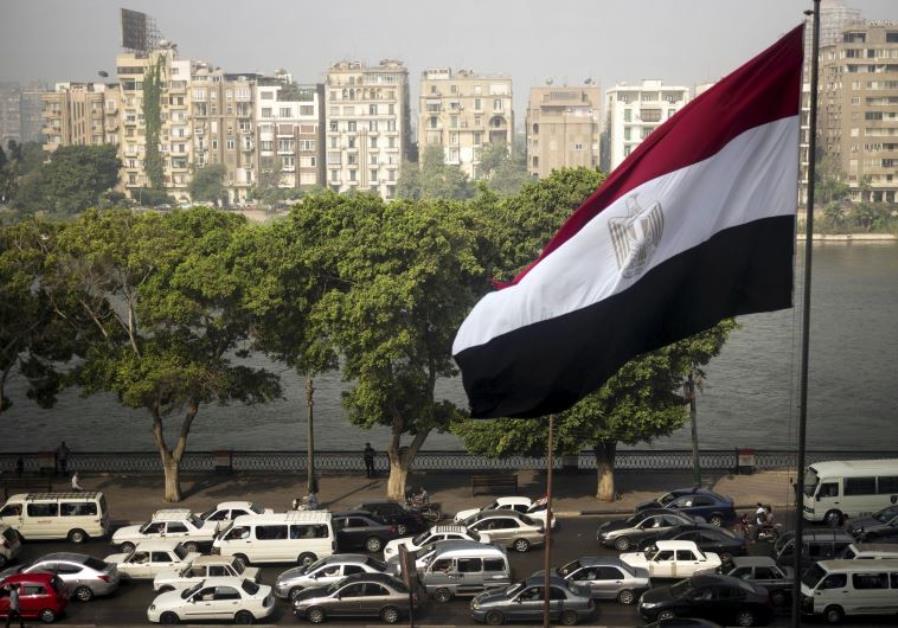
A statement issued by the Ministry of Water Resources and Irrigation has definitively settled the matter concerning the “September Flood.”
It lays the blame for the flood—which caused humanitarian disasters in Sudan and inundated some low-lying Nile lands in Egypt’s Delta—squarely on the Ethiopian government.
A key excerpt from the ministry’s strongly worded statement contains a clear accusation against Ethiopia: “The unilateral and irresponsible management of the Ethiopian dam caused a shift in the timing of the natural flood—whose peak usually occurs in August—and triggered a more severe and violent ‘artificial, manufactured flood’ at a late time of the year (partially in September). This inflicted grave losses on our sister nation, Sudan, and threatened the lives and livelihoods of the peoples of both downstream countries.”
A natural flood, whether at normal rates or intensified in a scenario of a ‘high flood,’ carries vast benefits, especially as its timing is known in advance. Downstream nations are well-prepared, with dams, barrages, and spillways ready to contain it.
Natural floods are a phenomenon we have been accustomed to since time immemorial, and the Egyptian farmer knows its seasons and timings by heart.
An artificial flood is another story—a surge of water resulting from unnatural causes, unlike natural floods caused by heavy rain or melting snow.
These occur due to irresponsible water releases when additional discharges are released into rivers from dams. This is done to manage excess water imports behind the dam, whether that increase results from a natural flood, over-storage capacity, or other factors.
An artificial flood can result from erratic or sudden actions in the management of dams or water systems, leading to the inundation of areas along river courses, as occurred in Sudan.
The Ethiopian government’s denial of its blunder is typical of an administration that has harbored aggressive intentions towards the downstream countries.
It asserts legally unjustified claims to water distribution rights from the source and dismisses the international agreements governing trans-boundary rivers with absolute arrogance and conceit.
That level of arrogance is intellectual quicksand, rendering all logic moot and setting forth a clear path to inevitable collapse.
Ethiopia’s attitude has now brought about severe damage that threatens life downstream.
Indeed, the line has been crossed, and the situation has worsened to a stage that warrants immediate action and cannot be silently accepted.
The Ethiopian government’s tendency toward such uncontrolled water actions is troubling, worrying, and necessitates a firm response.
Abiy Ahmed’s government is merely seeking political showmanship and inaugurating a massive dam that it is incapable of managing.
This is a government that seeks to dispose of its mistake (excessive storage) into the river—suddenly and without regard for water calculations or established schedules.
The resulting flood arrived at the end of September, when its natural time is the beginning of August, disrupting water calculations downstream and causing verified, devastating losses without the government feeling any political embarrassment or moral concern.
Egypt remains committed to a policy of long-term patience and dignified restraint, but all options remain open in the event of grave harm. This dam constitutes grave harm and does not comply with international laws; it is an illegal dam built on falsehoods.
Cairo’s categorical rejection of Ethiopia’s continued policy of imposing a fait accompli through unilateral actions related to the Nile River is clear.
Egypt reserves the right to respond to protect its historical water rights (its quota) in the Nile River, which cannot be diminished by a single drop.
The cost of challenging this is immense, literally, to the point of “flaying a porcupine” (a proverbial expression for extreme difficulty and determination), and this final phrase requires an immediate translation into Amharic – the Ethiopian language.




